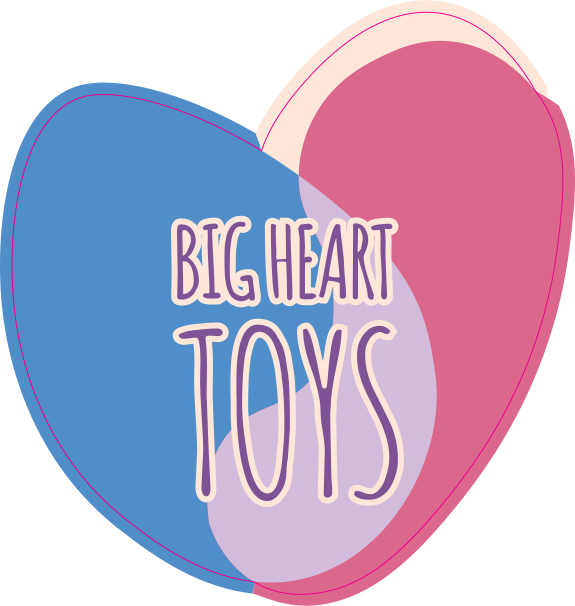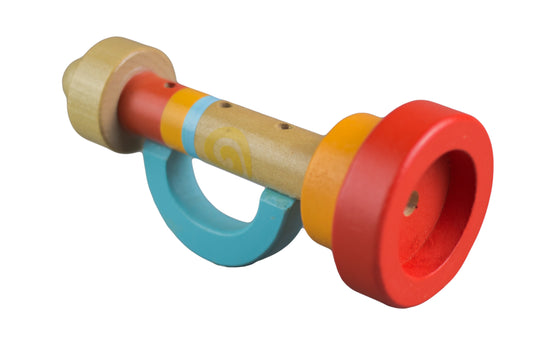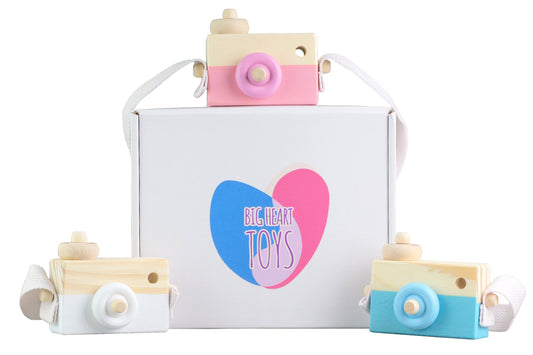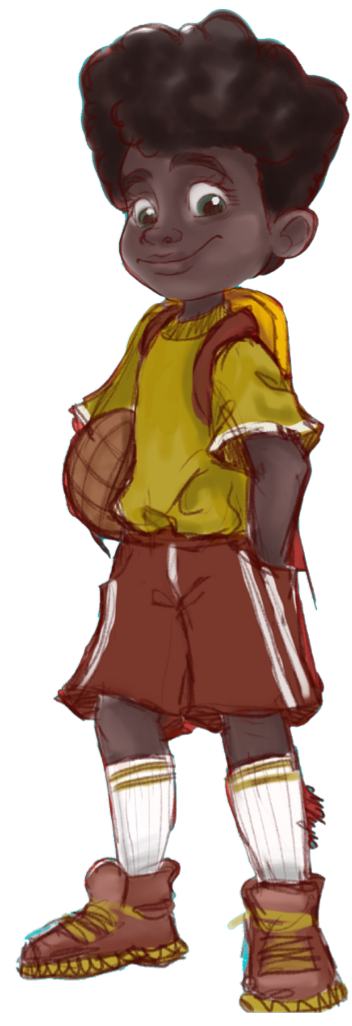It is very common for children with autism spectrum disorder (ASD) to experience overstimulation. Overstimulation occurs when there is an excessive amount of sensory information coming to the brain, causing feelings of overwhelm and anxiousness. This can also be referred to as sensory overload.
Visual sensory toys and activities can help calm down and emotionally regulate a child with autism. Additionally, sensory play can boost fine and gross motor skills, attention and focus, and self-regulation.
What Is Sensory Play for Autism?

Sensory play for autism stimulates the senses and provides calming opportunities for exploration and learning. Sensory play can include activities that provide tactile, visual, or auditory stimulation.
What Are the Benefits of Sensory Activities With Autism?
For children with autism, sensory play is specifically beneficial because it can help with sensory integration: the process by which the brain organizes and makes sense of sensory information.
Many children with ASD have difficulty with this, which can lead to over-sensitivity or under-sensitivity to sensory input. This impacts their ability to engage in everyday activities.
It’s important to tailor sensory play activities to the child’s individual special needs and preferences and to provide a safe and welcoming environment for supervised play. Sensory play offers an exciting way for children to explore and interact with the world around them while improving their sensory integration and overall well-being.
8 Fun Sensory Play Ideas
1. Water Beads

Water beads provide a unique tactile experience with visual appeal. They come in a range of bright colors and themes that can be pleasing to the eye. Ones like the Collapsible Water Beads can even be taken on the go!
The sensation of the beads can be calming and soothing, making them a good tool for relaxation and sensory relief. Best of all, almost all water beads are non-toxic and safe for play under adult supervision.
Note that water beads can pose a choking hazard if swallowed, especially due to their expanding nature, so they should always be used under supervision and stored out of reach of children.
2. Sensory Bottles
Sensory bottles are a type of DIY sensory toy intended to provide visual and sometimes auditory stimulation.
Sensory bottles are most typically clear plastic bottles filled with a variety of objects and materials that move and interact with each other when someone shakes the bottle. Things inside a sensory bottle can include water, food dye, glitter, beads, or very small toys that fit inside a bottle.
You can make themed sensory bottles, such as oceans, flowers, etc. You can even make different ones for each season. These bottles give you the creative freedom to make them however you want, like basing them off your child’s favorite things (a dinosaur sensory bottle, for instance).
Sensory bottles work on visual tracking skills, watching the movement of the objects and how they react to one another. They have a calming effect, providing mesmerizing visual stimulation. These toys are portable and easy to use and can be excellent tools or self-regulation techniques.
For safety purposes, it is best to superglue the bottle shut. You don’t want your child trying to drink or eat inedible objects from a sensory bottle.
3. Window Painting With Shaving Cream
Window painting with shaving cream can be a fun sensory experience for those of all ages. You simply need shaving cream, paint brushes or sponges, and a window surface to paint. You can add food coloring to the shaving cream to make it more visually appealing.
Painting a window with shaving cream allows a child to paint with easy clean up and minimal mess. It provides tactile and visual stimulation, enhances fine motor skills, and encourages creativity and self-expression.
This, too, should be supervised to ensure the painter does not ingest the shaving cream or get it in their eyes. Children with texture sensitivities may not enjoy this activity, which is why sensory stimulation should always be personalized to individual needs and preferences.
4. Kinetic Sand Box

Kinetic sand is a type of play sand made from a mixture of sand and a special polymer that allows it to stick together and form shapes.
Similarly to the water beads, kinetic sand promotes tactile and visual stimulation, provides a calming sensation, and is easy to clean and store. Unlike regular sand, kinetic sand sticks to itself and can be cleaned up and stored away to use again and again.
You can keep kinetic sand in a Kinetic Sand Box for easy storing and controlled playing.
5. Make Your Own Playdough
Homemade playdough is a popular sensory choice. It is easy to make, requiring just a few ingredients: flour, salt, water, and oil. Playdough is customizable and versatile, leaving plenty of room for creativity and imagination. Add different colors or scents to create a personalized sensory experience.
How to make your own playdough:
-
Mix flour and salt in a large bowl. In a separate bowl, mix the water, oil, and a drop of food coloring.
-
Combine the bowls and stir.
-
Dust a surface with some flour and knead the dough to create a smooth substance.
-
Refrigerate to keep fresh.
6. Fidget Toys
Popping fidget toys are small, handheld objects that can be squeezed or manipulated to provide sensory stimulation and help children focus and remain calm. Fidgets provide a tactile sensory experience for people with autism who may be hyper or hypo sensitive to certain stimulants.
These toys can help bolster a child’s (or adult’s!) attention span by providing a sensory outlet for those who have difficulty sitting still or focusing for extended periods of time. The sensation of squeezing, stretching, popping, or manipulating the toy can provide calming feedback to the brain.
Fidgets can release built-up energy, allowing for better concentration. They are small and can be easily stored in a jacket pocket, bag, or desk. They are portable and (usually) non-disruptive.
Fidgets often look like little animals or toys, so they can be used for imaginative play as well. Fidget toys come in all shapes and sizes. You can pick them out based on your child’s favorite toys and find ones your little one will love!
Fidgets are not only used for those with ASD — all learning types can benefit from this tool, including those with ADHD. Schools all over the country are beginning to allow students to bring fidgets from home to enhance focus and willingness to learn. Fidgets are a very effective way to remain engaged and focused on tasks.
7. Taste-Safe Finger Painting With Natural Ingredients
Edible finger paint is a safe and non-toxic way for your child to get creative. The purpose behind edible paint is not to encourage a child to eat it but to ensure they’re safe in case they try to.
This is a great sensory activity because of the different textures, smells, and visual stimulation that come along with it. You can create taste-safe finger paint, get a tray and surface to paint on, and get to work!
To make taste-safe finger paint, gather these supplies:
• Cornstarch
• Water
• Food dye
What to do:
-
In a small saucepan, mix together cornstarch and water until there are no lumps.
-
Heat the mixture over medium heat, stirring constantly, until it thickens into a pudding-like consistency.
-
Remove from heat and let it cool for a couple of minutes.
-
Divide the mixture into small bowls or containers.
-
Add a few drops of food coloring or natural dyes to each container and mix until the desired color is achieved.
-
Allow the paint to cool completely before using.
Depending on age, it can be a fantastic bonding experience to let your child make and mix the paint with you!
8. Car Wash Sensory Bin
If you have some time to kill and want to get playful with your sensory activity, set up a car-washing sensory bin.
Grab some of your child’s favorite toy cars. Put them in a sensory bin with something dirty, such as mulch, dirt, soil, food, or whatever you have. Your child can help you drive the car through the dirt to make it dirty and make this fun activity more purposeful.
Bring a second plastic tub with soapy water and something to scrub with, such as a toothbrush, paintbrush, or washcloth. Head outside and open your own car wash! Let your child spend time washing each car. As a bonus, the act of washing encourages hand-eye coordination.
This can be done inside but is much easier outside as things can get wet and messy. This is a much more in-depth and play-based sensory activity, but it can be so much fun for the whole family. Repeat this activity with any toys you want, as long as they are safe to get dirty and wet.
Conclusion: More Resources on Autism
Many resources (like interactive books) are available to serve as social stories for children with autism. These resources can help children learn to regulate their overstimulation, deal with social difficulties, and manage their emotions.
Overstimulation can be a struggle and one that many people with autism struggle with each and every day. However, there are ways to help manage and regulate these feelings. Practicing sensory play with children can help them discover what their sensory needs are, so they can become more self-sufficient as adults.
All children will, of course, need parental guidance with these tasks, but as they become adults, many are successfully able to manage these struggles on their own with practice and become independent individuals.
If you’re looking for more ideas for activities with impact, check out our collection of Tactile Toys!
Sources:
Sensory Issues | Autism Speaks
Sensory Integration | StatPearls | NCBI Bookshelf
What is the difference between ADHD and autism? | Medical News Today
DIY an ISpy Bottle to Strengthen Visual Skills | Salus University
Using Fidget Spinners to Improve On-Task Classroom Behavior for Students With ADHD | PMC






